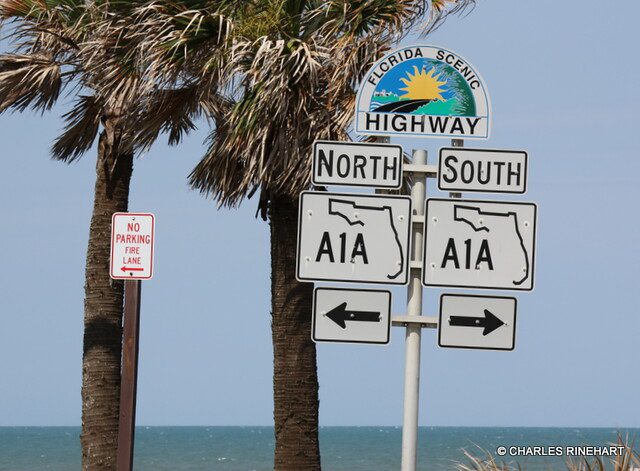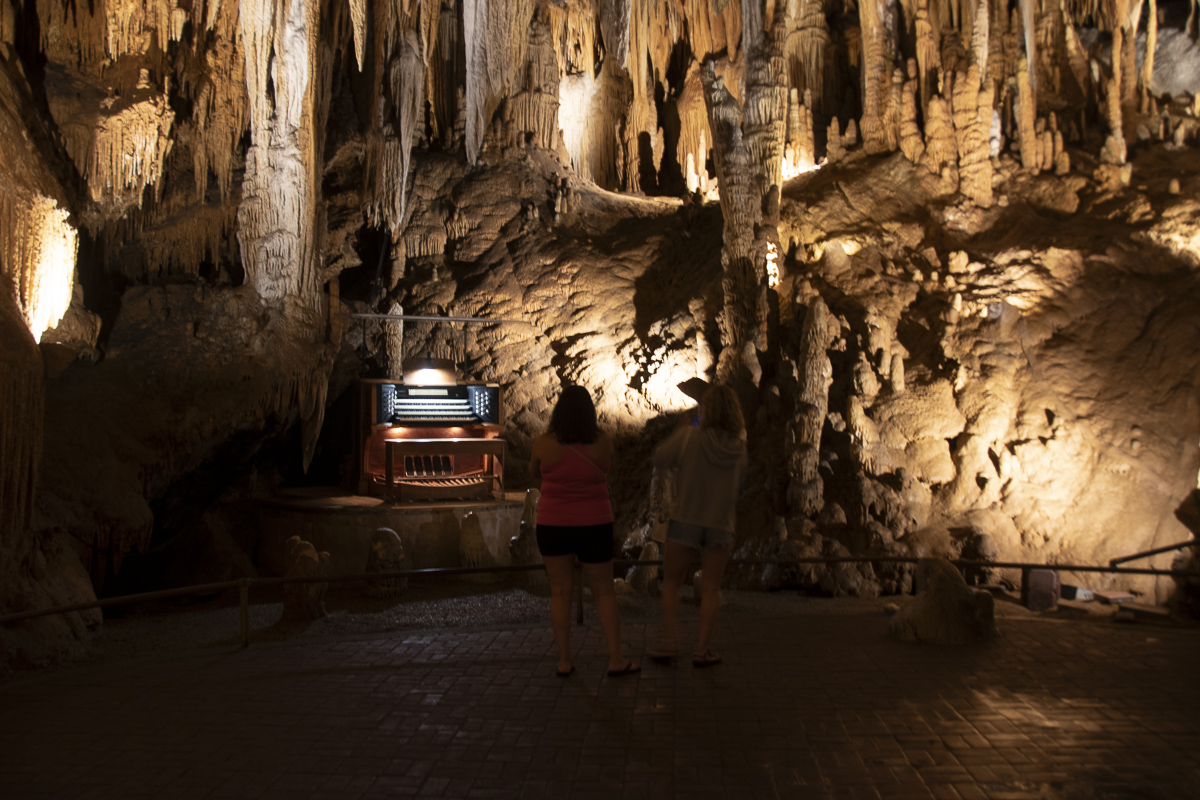Special stopovers in the Florida Keys
The Florida Keys have a magnetic field that pulls us back time and time again. Many call it the “keys disease” you can’t escape. Over the years we’ve visited the Florida Keys many times by car, RV, boat and airplane. We continue to watch it evolve (sometimes for the good, others (not so much) but we always return. We like the key lime pie and conch fritters and enjoy the crystal clear water to watch playful dolphins and manatees. We go there to paddle through mangrove swamps and beds of seagrass and finish the day watching a magical sunset from anywhere facing the setting sun.
Take a road trip on A1A, the Overseas Highway to the Florida Keys. The Upper, Middle and Lower Keys are connected by A1A, the Overseas Highway, also called U. S. Highway 1, beginning at Mile 127 in Florida City. That’s some 35 miles south of Miami International Airport. By car you can head south from Miami for a 3-hour drive from Florida City, which can be much longer depending on the traffic. During the winter and on weekends it can be a long haul. Here’s a useful website about visiting the Florida Keys.

The Overseas Highway
Henry Flagler built the Overseas Railroad that was completed in 1912, however, it was mostly destroyed by a Category 5 hurricane in 1935. The interest in the Keys convinced investors and locals that the FL Keys were indeed a popular tourist destination. When the state of Florida bought the right-of-way construction for the Overseas Highway it used some of the railroad trestles as a platform and continued to expand the road.
A1A has two waterfronts. On the north side you can see Florida Bay which is part of the Gulf of Mexico and on the south side you see the Straits of Florida on the Atlantic Ocean. This connection to pristine waters on both sides of the road offers a narrow road with a wide selection of restaurants, lodging, fishing opportunities and water sports.

If you’re good at subtraction you’ll love counting down the mileage heading south keeping in mind that Key West is at Mile 0. And you’ll find the Mile Markers along the road very handy since many sites of interests and restaurants all note the mile marker to identify where they are located.
Mile Marker Guide
A good website to visit for a detailed account of the A1A mile markers on the Overseas Highway is Florida Keys Mile Marker Guide. It lists the historical points of interest, restaurants, lodging, campgrounds, dive shops, parks and beaches, boat ramps, kayak launches and things to do. It’s a good planning tool for a road trip.
Our favorite places in Florida Keys
Key Largo is the top of the chain of islands where snorkeling lure many divers and nature lovers. Visit John Pennekamp Coral Reef State Park at mile marker 102.5 for its beaches, marina with glass-bottom tour boats and all things related to water sports. Nearby is the Florida Keys National Marine Sanctuary so many consider Key Largo the Diving Capital of the World, thanks to the coral reefs and its huge underwater state park.

Nearby in Tavernier is the Florida Keys Wild Bird Rehabilitation Center at mile marker 93.6 where you can walk through a mangrove forest for harmed or displaced native and migratory birds. Driving south you’ll see the white sand beaches of Florida Bay and skiffs with fishermen dotting the horizon.
What diving is to Key Largo sports fishing is to Islamorada where we’ve stayed by boat many times at Plantation Yacht Harbor. It’s located at Founders Park, a large resort-like public park at mile marker 87. Many restaurants are walkable and bikable from this stretch of Islamorada.

We first stopped at the Rain Barrel Artisan’s Village at mile marker 86.7 when it was a small restaurant and gift shop. Today it’s evolved to an arts and crafts center with a giant lobster “Betsy” welcoming visitors form the road.
We’ve stayed at the marina at Worldwide Sportsman at mile 81.5, a pro shop and mega marina, restaurant and store devoted to saltwater fishing. Central to the store is a handsome replica of Earnest Hemingway’s classic wooden fishing boat Pilar.
At mile marker 65 you can walk, bike and fish on the 3-mile Long Key Bridge which is a nice stop along the way south.
You can swim with dolphins at mile marker 59.9 the site of the Dolphin Research Center. The programs promote the education, research and rescue of dolphins and marine mammals. Kids of all ages love getting to know these amazing marine mammals and learn about promoting a peaceful coexistence with them.

There’s a nice break stop at Curry Hammock State Park at mile marker 56 where you can wade in shallow waters or enjoy a picnic lunch at the beach.
Our firsthand experience using binoculars when traveling: 8×25 compact binoculars are a good choice for traveling because they’re lightweight and easy to tuck into a backpack or purse. The first number”8” is its magnification which makes an image 8 times closer than what you see with your eyes; it’s good for a wider field of view. The “25” is the size of the objective lens measured in millimeters that defines how much light the binocs can gather. A larger objective lens has more light gathering power so the image resolution will be higher and brighter.
When you see signs of large retailers on A1A you know you’re in the Middle Keys and Marathon, where there’s a hospital, major supermarkets and retailers and commercial fishing businesses in and around mile marker 50. Lodging and marinas line both the Atlantic and Gulf shores.
One time we were there by boat at a marina near Sombrero Beach and needed to rent a car so we called for a cab from the restaurant. When a guy sitting at the bar answered his phone we realized he was our cab driver! We learned many of the boaters living aboard in the harbor at Marathon and throughout the Keys work in the area. We saw all their dinghies at the dock.
The Turtle Hospital at mile marker 48.5 rehabs injured sea turtles and returns them to their natural habitat and welcomes visits to their working hospital. Get reservation information and to learn more about this group working to make the beaches and water safe and clean for sea turtles.
As you approach the Seven-Mile Bridge that connects the Middle Keys to the Lower Keys you’ll see a sign Historic Pigeon Key. Pigeon Key lies beneath the Old Seven Mile Bridge at mile marker 44.8. Take the ferry tour to the island for a step back into history. In the early 1900s, the five-acre island served as a base camp for workers during construction of the original Seven Mile Bridge, the awe-inspiring centerpiece of Henry Flagler’s Key West Extension of the Florida East Coast Railroad.
One of our favorite stops along the Overseas Highway is Bahia Honda State Park at mile marker 36.8. Take a walk up to the old bridge for a spectacular view of both the Atlantic and Gulf waters. It’s a jaw-dropping site. Bring your camera and capture the view and use your binoculars to see boats of all sizes dotting the horizon. Here are a few tips about Traveling with Binoculars.

The first time we looked for No Name Pub at Big Pine Key we didn’t find it. But we checked it out a few years later using a GPS. The sign reads “No Name Pub You found us” and that we did. If you like good food and a funky vibe you’ll enjoy a very “keysie” experience at No Name Pub.
The National Key Deer Refuge Visitor Center at mile marker 30.3 in Big Pine Key will introduce you to key deers, a unique endangered species native to the Lower Keys in Florida. They are much smaller in stature and body weight, and are adapted to a salt-tolerant island lifestyle with a subtropical climate. In this lush tropical setting you’ll also see native plants and wildlife unique to the area.
Near mile marker 5.0 on the Overseas Highway you reach Stock Island, so named from the herds of livestock once kept there. Today it’s a popular destination for RV parks, marinas, motels and restaurants. Many visitors stay on Stock Island to avoid the rush of tourists in Key West, others like it’s laid back atmosphere without the crowds.
It’s no question the Florida Keys Overseas Highway is a destination all on its own offering water sports, eco-touring, nature trails and all things related to water. Combine that with plenty of lodging and dining options and it’s a road trip to remember.
Here are links to websites to learn about accommodations, places to visit and more useful information about visiting the Florida Keys. For kid-friendly information about the Florida Keys go to Trips with Tykes. And here’s more about visiting the Florida Keys with Pets.
Gene and Katie Hamilton travel the U.S. extensively in search of a favorite place. They are members of the Outdoor Writers Association of America.
Post Views: 7,032
|













